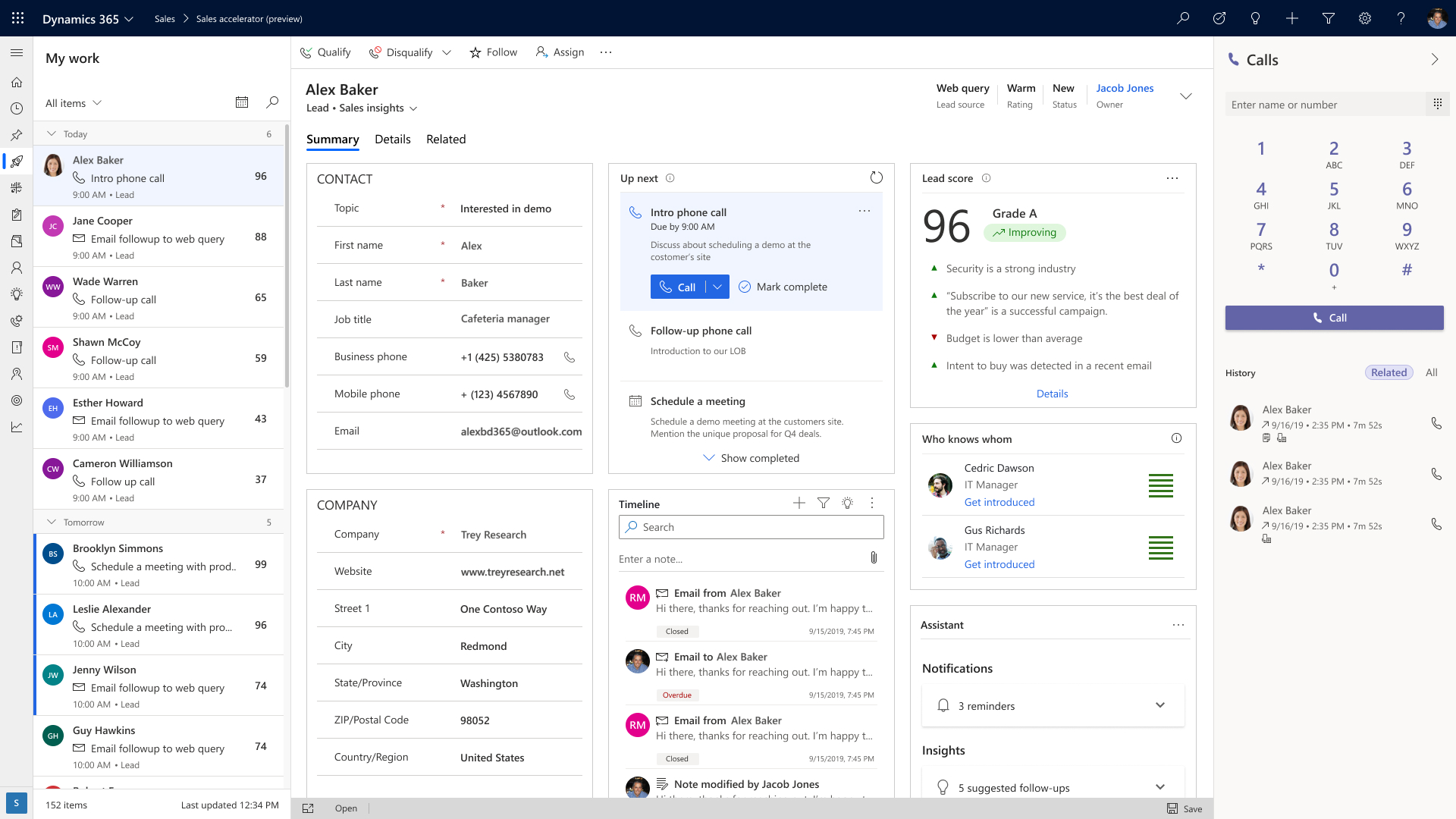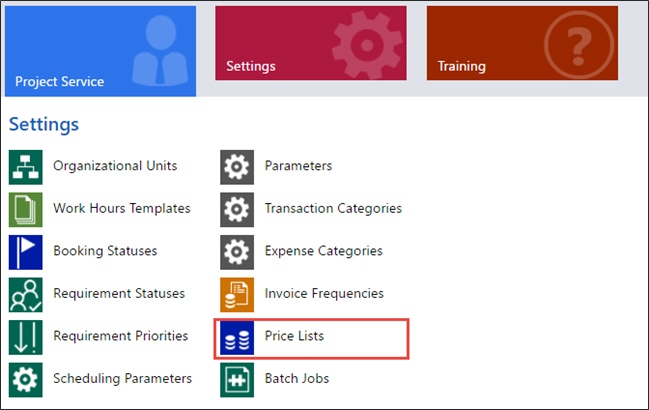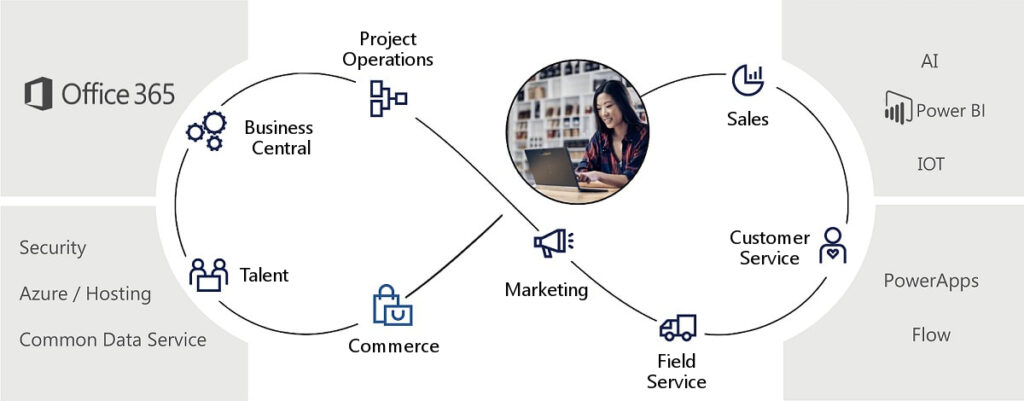Microsoft Dynamics 365 Pricing
- Dynamics 365 Sales Enterprise Edition
- Microsoft Dynamics 365 Pricing Guide
- Microsoft Dynamics 365 Crm Pricing
- Microsoft Dynamics 365 Nonprofit Pricing

 -->
-->

Dynamics 365 Remote Assist (one seat) ISO 14644-1 Class 5 clean room classification. Class I, Division 2-Groups A, B, C, and D HAZLOC environments. Hardhat integrated (PPE compliant in 40+ countries) Noise-cancelling audio output. Developer entitlements 1. Rapid Replacement Program 2. Commercial use rights. About commodity pricing.; 2 minutes to read; K; v; In this article. Applies To: Microsoft Dynamics AX 2012 R3, Microsoft Dynamics AX 2012 R2, Microsoft Dynamics AX 2012 Feature Pack, Microsoft Dynamics AX 2012 Commodity pricing is the ability to set the sales price for commodity-based end items using the market replacement cost of the main ingredient. Dynamics 365 Customer Engagement (on-premises) uses the ProductPriceLevel.PricingMethodCode attribute to determine prices. The value of this attribute affects: How the price for the product is determined for each unit of measure that is defined for that product. Understanding Microsoft Dynamics 365 Pricing & Licensing When Microsoft released Dynamics 365, they wanted to create a flexible licensing solution that is used and available to every employee within an organization. The licensing allows for mix and match scenarios for each individual user’s role. 2 3 6 Dynamics 365 Marketing pricing is based only on the number of contacts intended to be used for marketing activity and not the total number of contacts in database. Marketing activities include any contact or engagement via emails, landing pages, forms.
Dynamics 365 Customer Engagement (on-premises) uses the ProductPriceLevel.PricingMethodCode attribute to determine prices. The value of this attribute affects:
How the price for the product is determined for each unit of measure that is defined for that product.
What attributes are required when you create or update a product price level and its associated product.
You can also use custom pricing for products instead of using the Dynamics 365 system pricing. More information: Use custom pricing for products
The following table lists the formulas that are used for each value and the attributes that are required by each value.
| Drop-down list value and equivalent pricing method value | Description and required attributes |
|---|---|
| Currency Amount CurrencyAmount = 1 | The price is specified for each unit of measure for each product. price = amount For each unit of measure for each product, use the ProductPriceLevel.Amount attribute. Note: The ProductPriceLevel.Amount attribute isn’t platform required if you’re not using the pricing methods provided by Dynamics 365 for Customer Engagement. However, if you use the Currency Amount pricing method to determine a price, this attribute is platform required and you must specify a value for this attribute. |
| Percent of List PercentListPrice = 2 | The price is calculated based on the manufacturer's or distributor's list price. calculated price = list price x percentage For each unit of measure for each product, you must enter data for the following attributes: - Product.Price attribute. This is the List Price in the Product form.- ProductPriceLevel.Percentage attribute. This is the desired percentage of the list price.- ProductPriceLevel.RoundingPolicyCode attribute. This is the policy for rounding the price list. |
| Percent Markup - Current Cost MarkupCurrentCost = 3 | The price is calculated as a percentage of your current cost for the item. calculated price = current cost x 100% + percentage For each unit of measure for each product, you must enter data for the following attributes: - Product.CurrentCost attribute. You must update this cost every time that you receive a shipment of the item.- ProductPriceLevel.Percentage attribute. This is the percent markup.- ProductPriceLevel.RoundingPolicyCode attribute. |
| Percent Margin - Current Cost MarginCurrentCost =4 | The price is based on the profit percentage you want to achieve and your current cost for the item. calculated price = current cost + [(current cost x percentage)/ (100% - percentage)] For each unit of measure for each product, you must enter data for the following attributes: - Product.StandardCost attribute. You must update this cost every time when you receive a shipment of the item.- ProductPriceLevel.Percentage attribute. This is the profit percentage you want to achieve.- ProductPriceLevel.RoundingPolicyCode attribute. |
| Percent Markup - Standard Cost MarkupStandardCost = 5 | The price is calculated as a percentage of the standard cost of the item. calculated price = standard cost x 100% + percentage Because the standard cost is updated periodically, the standard cost amount in this equation is an average and will not always be the same as the amount you paid most recently for the item. For each unit of measure for each product, you must enter data for the following attributes: - Product.StandardCost attribute. Every time that you update the standard cost, the price changes.- ProductPriceLevel.Percentage attribute. This is the percent markup.- ProductPriceLevel.RoundingPolicyCode attribute. |
| Percent Margin - Standard Cost MarginStandardCost = 6 | The price is based on the profit percentage you want to achieve and the standard cost of the item. calculated price = standard cost + [(standard cost x percentage)/(100% - percentage)] Because the standard cost is updated periodically, the standard cost amount in this equation is an average and will not always be the same as the amount you paid most recently for the item. For each unit of measure for each product, you must enter data for the following attributes: - Product.StandardCost attribute. Every time that you update the standard cost, the price changes.- ProductPriceLevel.Percentage attribute. This is the profit percentage you want to achieve.- ProductPriceLevel.RoundingPolicyCode attribute. |
To set the values for the ProductPriceLevel.PricingMethodCode attribute and the other product price level entity attributes, use the IOrganizationService.Update method, passing an instance of the ProductPriceLevel class. To set the values for the product attributes, use the methods in the Product class.
Dynamics 365 Sales Enterprise Edition
See Also
ProductPriceLevel Entity
Product Entity
Product Catalog Entities
Note
Microsoft Dynamics 365 Pricing Guide

Microsoft Dynamics 365 Crm Pricing
Can you tell us about your documentation language preferences? Take a short survey.
Microsoft Dynamics 365 Nonprofit Pricing
The survey will take about seven minutes. No personal data is collected (privacy statement).
